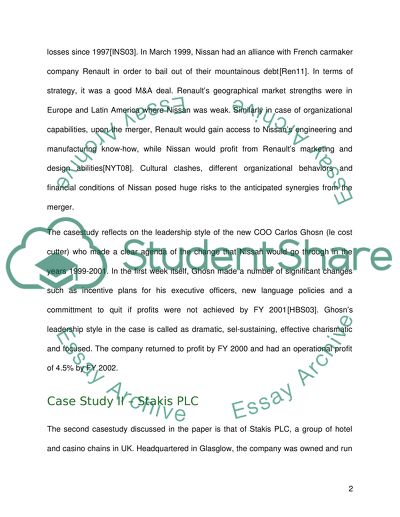Cite this document
(“Individual Assignment, Theories of Management Essay”, n.d.)
Retrieved from https://studentshare.org/environmental-studies/1420929-individual-assignment-theories-of-management
Retrieved from https://studentshare.org/environmental-studies/1420929-individual-assignment-theories-of-management
(Individual Assignment, Theories of Management Essay)
https://studentshare.org/environmental-studies/1420929-individual-assignment-theories-of-management.
https://studentshare.org/environmental-studies/1420929-individual-assignment-theories-of-management.
“Individual Assignment, Theories of Management Essay”, n.d. https://studentshare.org/environmental-studies/1420929-individual-assignment-theories-of-management.


